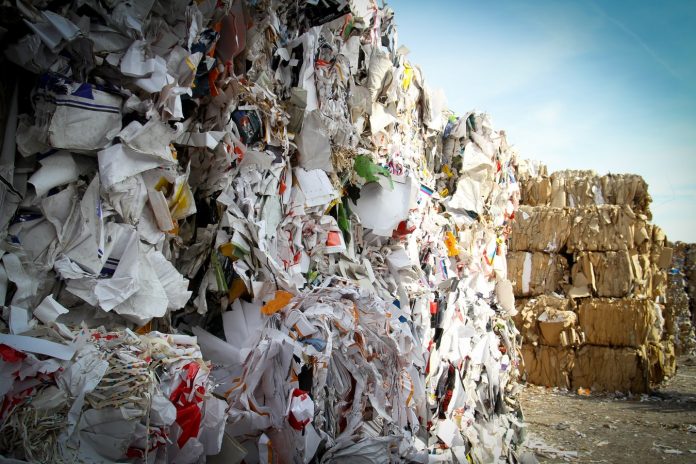Industries can produce a great deal of waste and pollution. From the food industry to the plastics industry, the problem of excessive waste remains serious. One of the most novel ways to prevent pollution is the transformation of waste into energy. When waste is used to create energy in a clean facility, the power produced is environmentally sustainable. Jacob Gitman, an expert in “green” technologies, explains how waste-to-energy programs are making a difference in the world.
Moving Away from Landfills
Landfills, the traditional way to dispose of trash in the long term, cause pollution. They release dangerous by-products like leachate, dioxins, and methane into the soil. This can contaminate plants, water sources, and food.
Landfills also require an increasing amount of land which cannot be built on for other purposes. They are unsightly and create problems with odor in the neighborhood. This waste of land and increased pollution mean that engineers and scientists are looking for ways to remedy the refuse problem.
The Waste-to-Energy Revolution
Waste-to-energy programs can transform non-renewable waste into energy. These plants are being built all over the United States and in other countries. Waste-to-energy projects reduce health and environmental damages while creating sustainable energy.
Waste is broken down into four main categories: municipal solid waste, process waste, medical waste, and agricultural waste. According to the World Energy Council, global waste will reach 6 million tons per day by the year 2025. This increasing amount of waste means that scientists and engineers need to find new, environmentally friendly solutions.
Processing Waste into Energy
Waste-to-energy is an energy recovery process which has made several important strides forward in recent years. This process takes chemicals from waste and transforms them into forms of energy like steam, heat, or electricity. Presently, thermal conversion is the most common way of transforming waste into energy.
Municipal solid waste is generally not burnable in its original form. The waste is most commonly processed into fuel before it is burned. This helps the process become more efficient. Incinerating waste is one way to produce electricity by driving a steam turbine.
Another way of gaining energy from waste is by extracting “syngas,” or methane, and burning this in a turbine or gas engine. This method is more efficient than directly burning the waste.
Anaerobic digestion is another way to process waste into energy. This is useful when there is a higher water content or higher levels of organic materials. Microbial processes work on this waste and create biogas. This gas can be used in vehicles or burned to create energy. One method of increasing efficiency is to burn the syngas or methane in a kiln.
Combined heat and power plants are the most efficient of all methods. These plants provide sustainable energy with less pollution than with other methods of generating heat or power.
Recent Building Projects
There have been many recent advances in waste-to-energy technology, some of which have been put into play in new generation facilities. China is a leader in waste-to-energy technology. In Abu Dhabi, a new plant treats waste with gasification.
In Europe, there are many new waste-to-energy projects. There are new projects in Italy, Denmark, Germany, and Sweden. Some of these plants are productive enough that they need to import waste from surrounding countries in order to operate properly.
New Technologies on the Horizon
While waste-to-energy processes are mostly based on incineration, there are several new technologies taking their place in the market.
One of the newest and most innovative forms of waste-to-energy conversion is the process of hydrothermal carbonization. This process simulates the creation of fossil fuels from biowaste, using acid catalysts and high pressure. The resulting “hydro-char” can be used like a fossil fuel.
Another new process is the generation of hydrogen from waste. This process is similar to the method of producing biogas through anaerobic digestion. Hydrogen generation from waste produces almost completely clean energy in an efficient fashion. Burning hydrogen does not release greenhouse gases into the environment, only pure water vapor.
Only a few plants with this technology have already been built on the commercial market, but the technology has the potential to revolutionize the waste-to-energy market.
Generating Efficient Clean Energy
Using the world’s constant supply of waste, scientists and engineers have created multiple solutions that provide clean and sustainable energy. Processes like combustion, anaerobic digestion, and hydrothermal carbonization have varying efficiency levels, but they are all valid ways to produce energy from waste.
The promise of creating hydrogen from waste could completely change the energy market, and scientists have faith that this technology will reduce pollution and subtract from the carbon load in the environment. Jacob Gitman expects that more waste-to-energy processes will be created in the near future, bringing the world closer to a goal of zero waste.
Find a Home-Based Business to Start-Up >>> Hundreds of Business Listings.

















































